Even though we have been living in the universe for around 300,000 years, there will always be more science and discoveries to uncover. Science can be confusing, especially if you read about it in a college textbook. But if you read about it from a great author, you can learn amazing mind-blowing facts that you never even thought about. From understanding hallucinations to seeing the fall of dinosaurs, science non-fiction writers can teach us how we fit into the universe and how the universe developed for us.
Here are some science-y nonfiction books that you will enjoy whether you are a science genius or not.
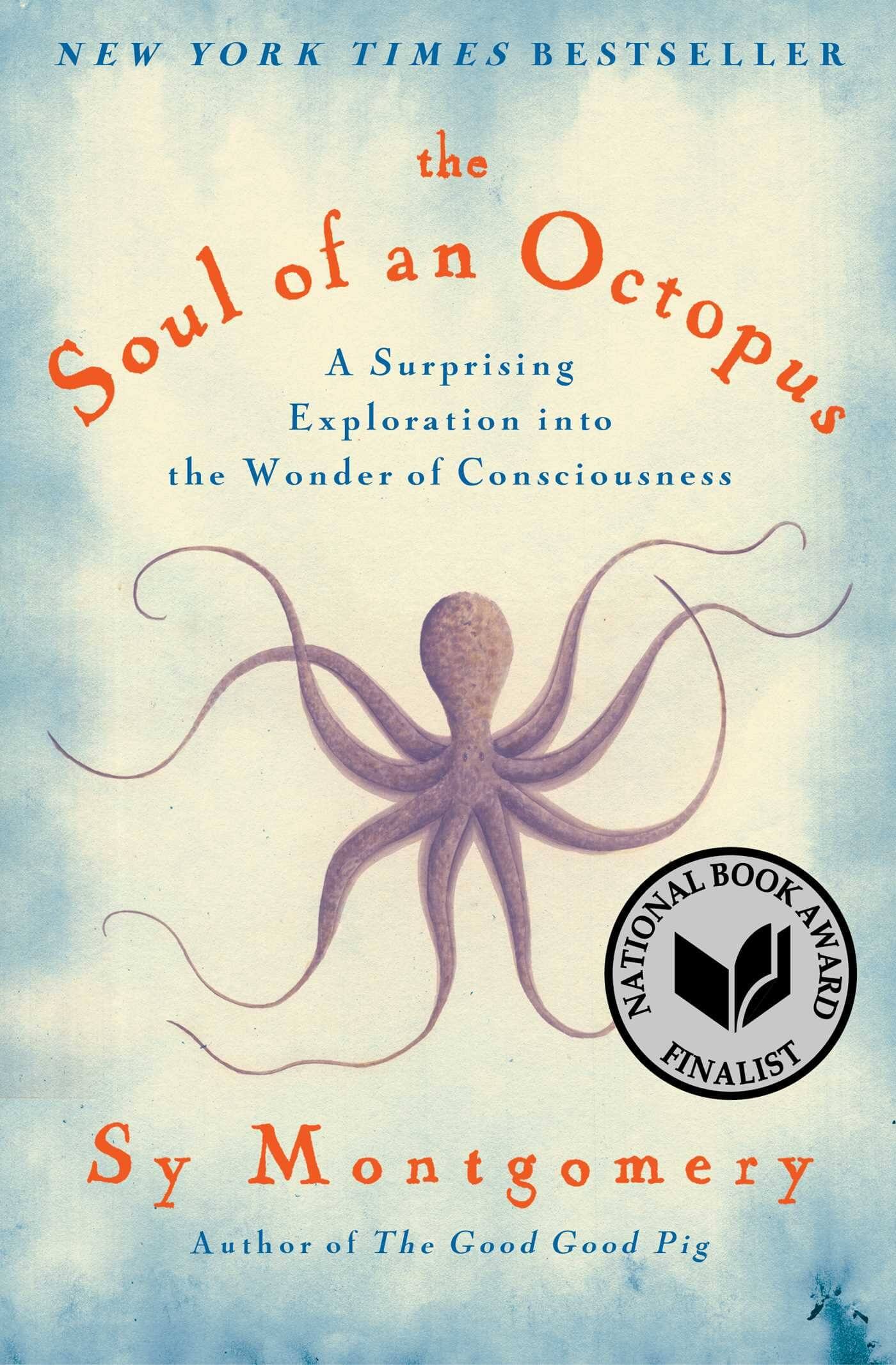
The Soul of an Octopus by Sy Montgomery
After traveling the world and meeting different octopuses, Montgomery learned the intelligence that octopuses possess. She falls in love with the incredible things that octopuses can do and recounts a love story while doing it. The book shows that the world has not witnessed what octopuses can teach us about the joining of two different minds.
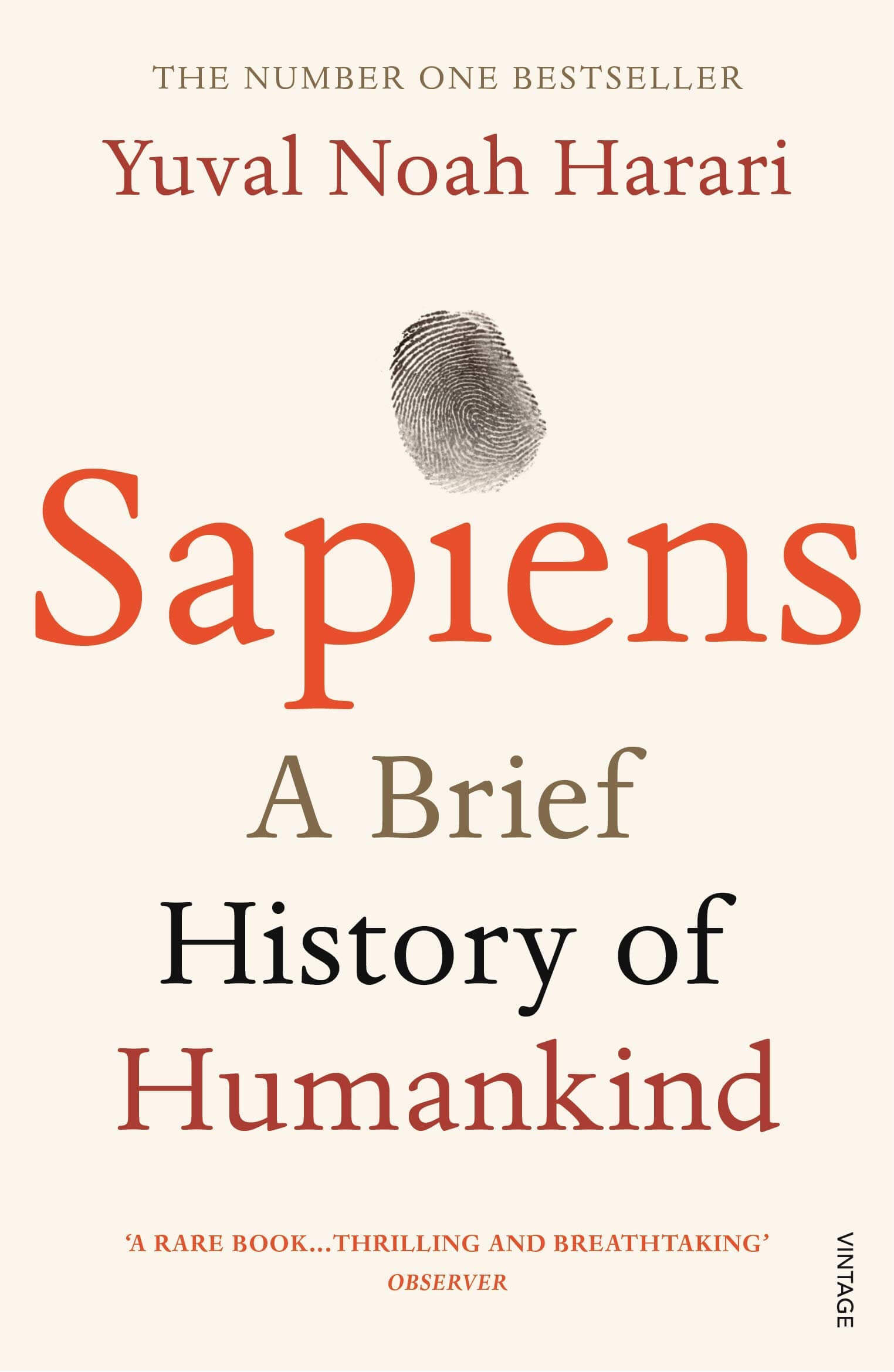
Sapiens by Yuval Noah Harari
To understand what it means to be human, one must study how biology and history have characterized us and formed our understanding of what it means to be human. Dr. Yuval Noah Harari does this by first examining evolution from around 70,000 years ago, when the appearance of modern cognition emerged. Sapiens examines the evolution of humans and compels us to look forward at the world around us.
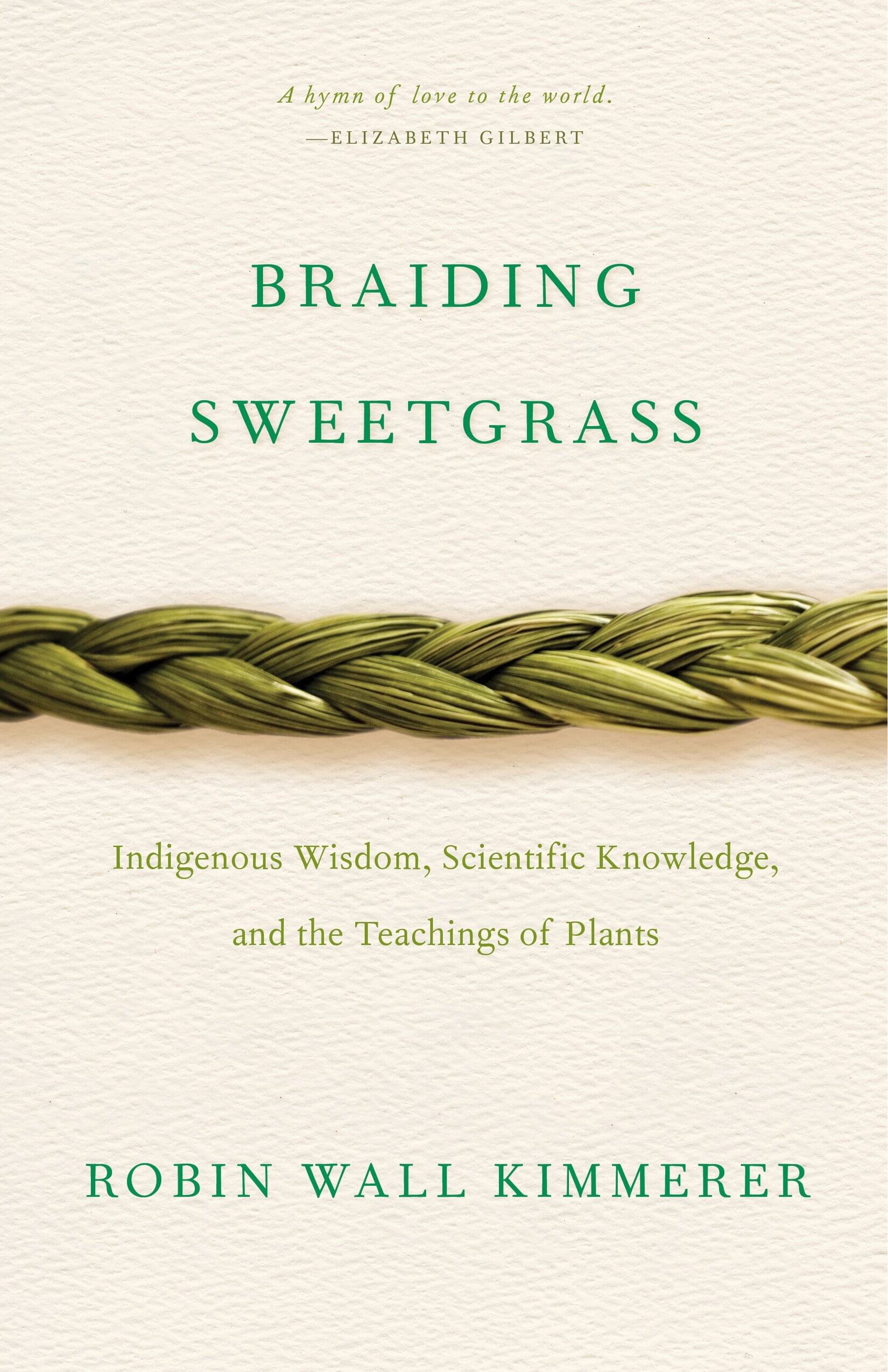
Braiding Sweetgrass by Robin Wall Kimmerer
Kimmerer, a botanist, embraces the idea that plants and animals are our oldest teachers. With this idea, she shows how strawberries, algae and sweetgrass can offer us gifts and lessons. Kimmerer believes that the awakening of environmental consciousness requires the awareness and celebration of our relationship with the rest of the living world.
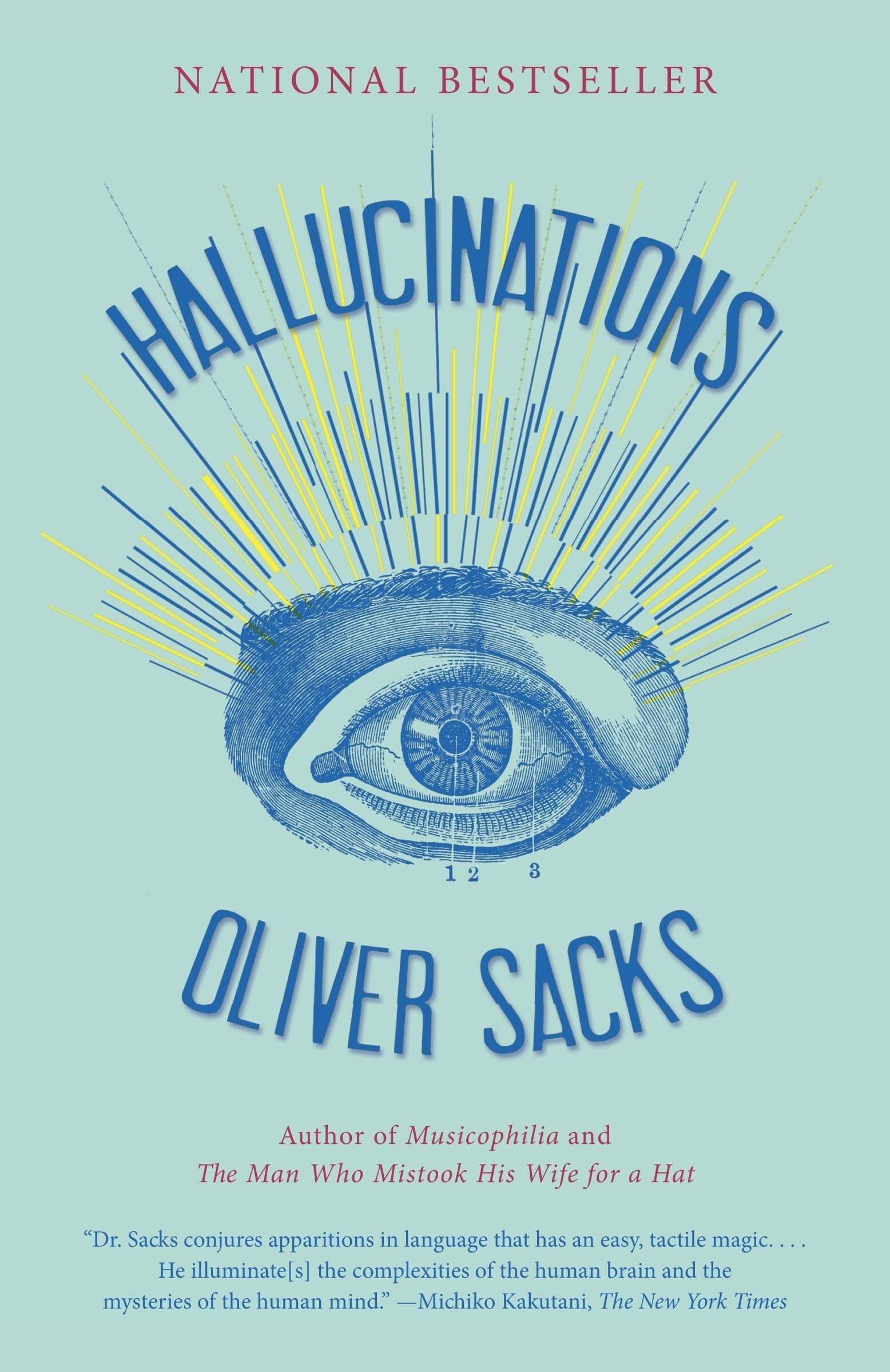
Hallucinations by Oliver Sacks
Understanding hallucinations can be difficult—after all, they are generally an unnerving or frightening experience. But they are a common thing to have as a human. Hallucinations are sensory distortions that fill and influence a person’s mind. From Sacks own experience, he explains hallucinations and the meaning behind them.
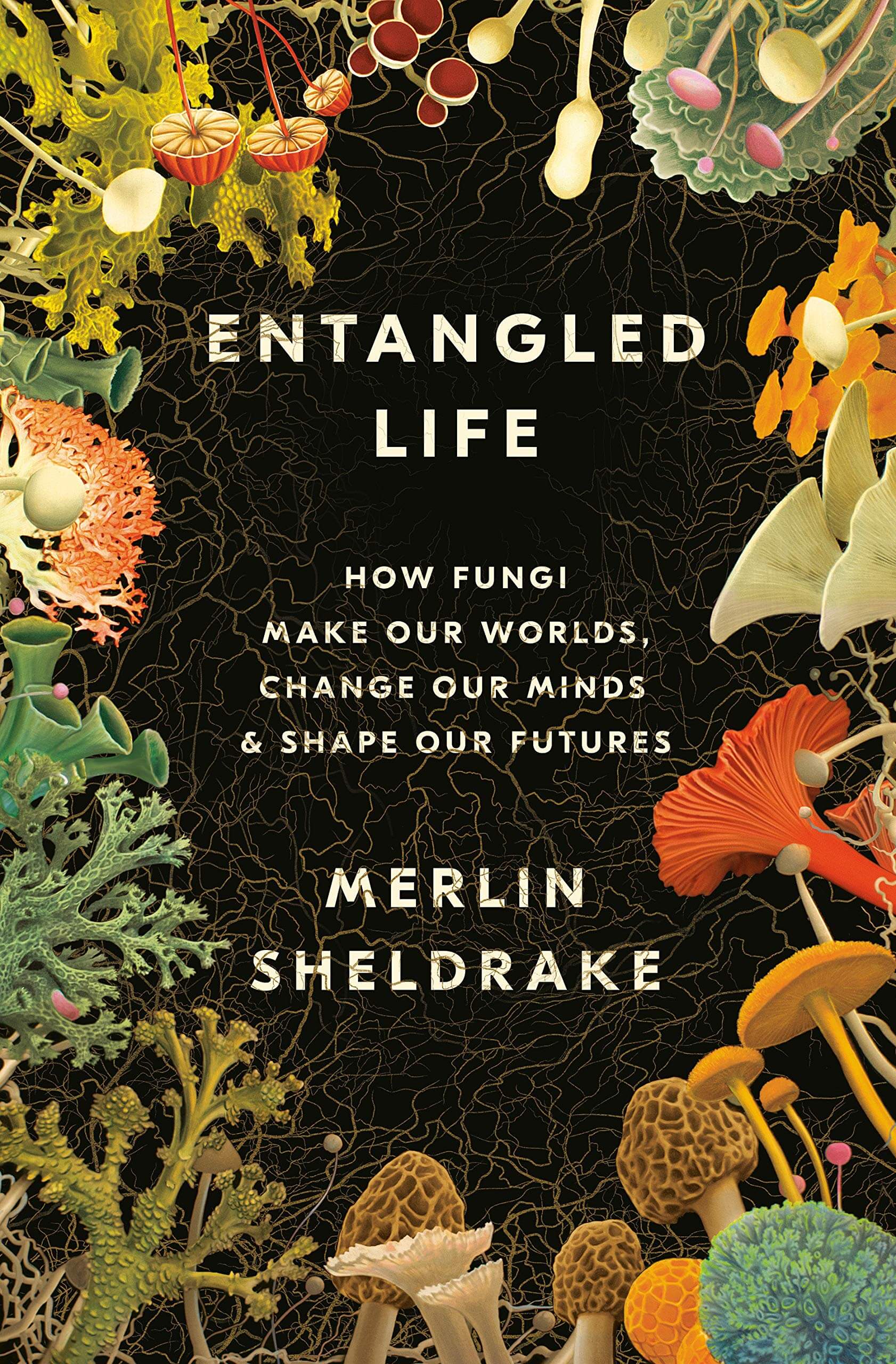
Entangled Life by Merlin Sheldrake
Young biologist Merlin Sheldrake shows us a change of perspective by looking at it from a fungal point of view. Fungi may remind us of mushrooms—but fungi can put our understanding of individuality and knowledge into question. Sheldrake examines fungi on their own terms, and realizes the relationship we have with them is extraordinary.
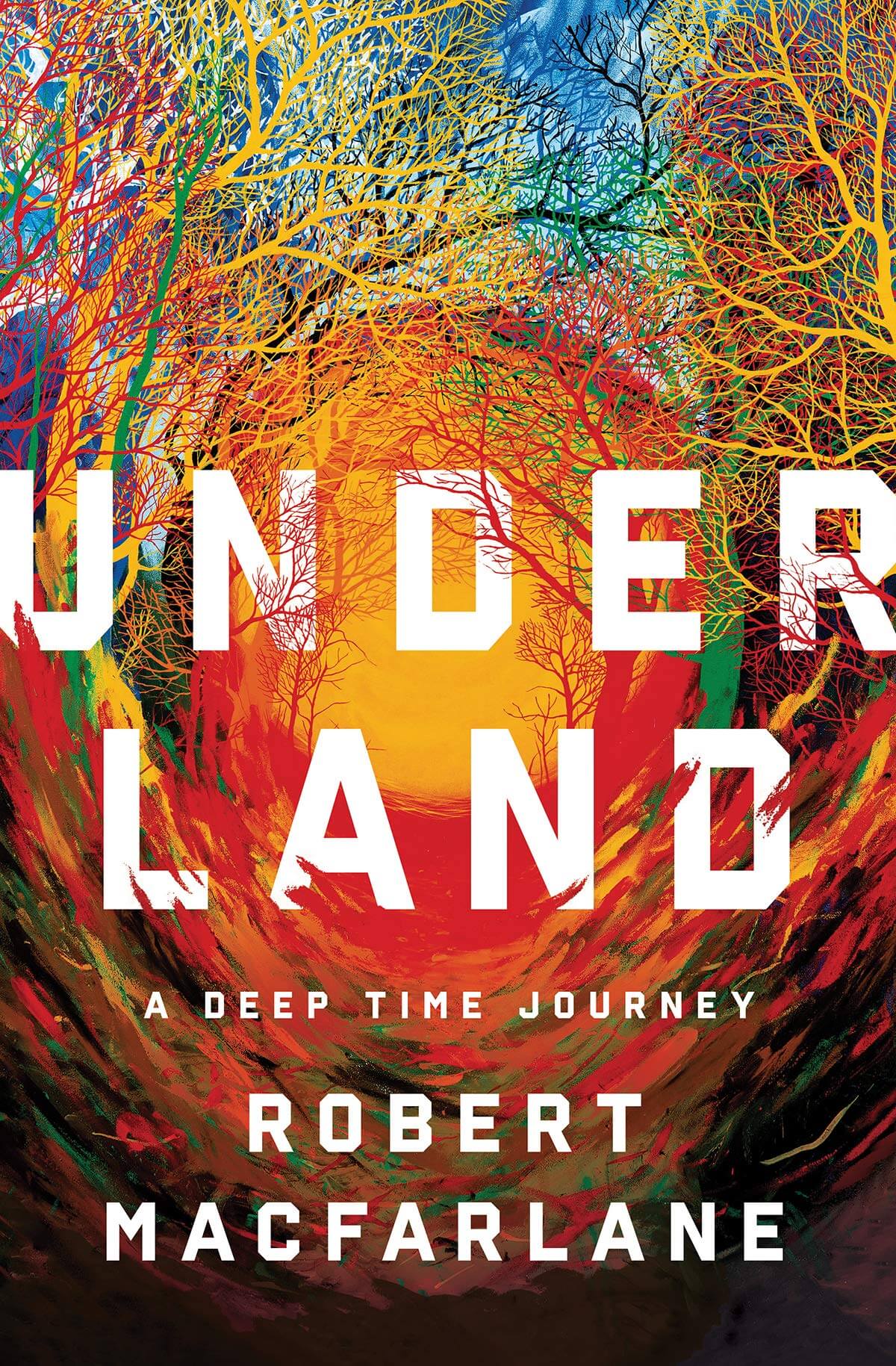
Underland: A Deep Time Journey by Robert MacFarlane
This book takes us on a journey into our connection with the darkness, and what lies deep inside the surface of both place and mind. It marks a new turn in Macfarlane’s continuing drawing of the relations of landscape and the human heart. MarFarlane asks, “are we being good ancestors to the future Earth?” Trust us: Underland will make you see the world differently.
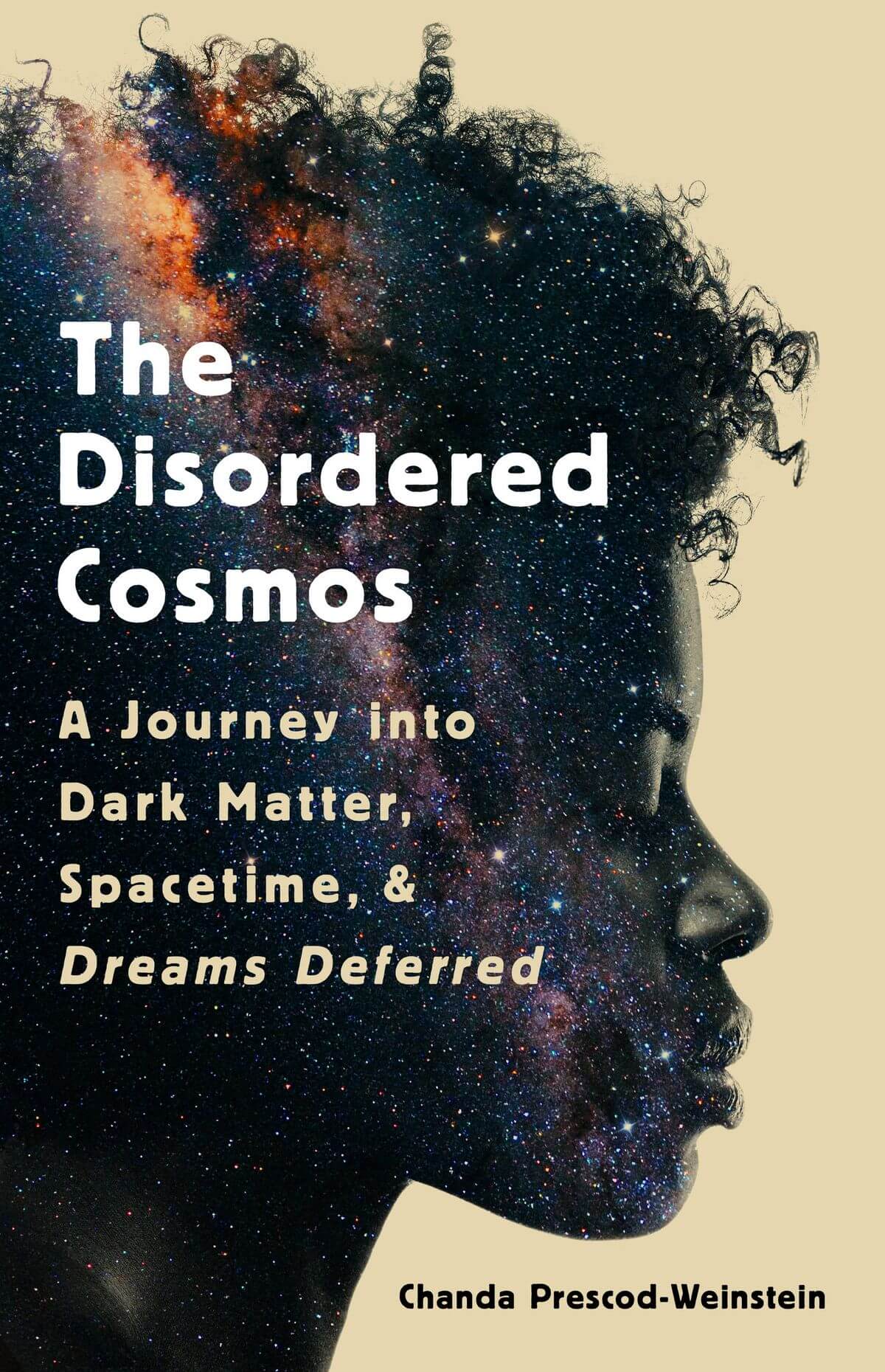
The Disordered Cosmos by Chanda Prescod-Weinstein
With her love for physics, Dr. Chanda Prescod-Weinstein sees cosmos as vibrant and grounded in Black feminist traditions. She explains a new approach to science and society that starts with the idea that we all have a basic right to know and love the night sky. This book dreams into existence a world that allows everyone to experience and comprehend the wonders of the universe.
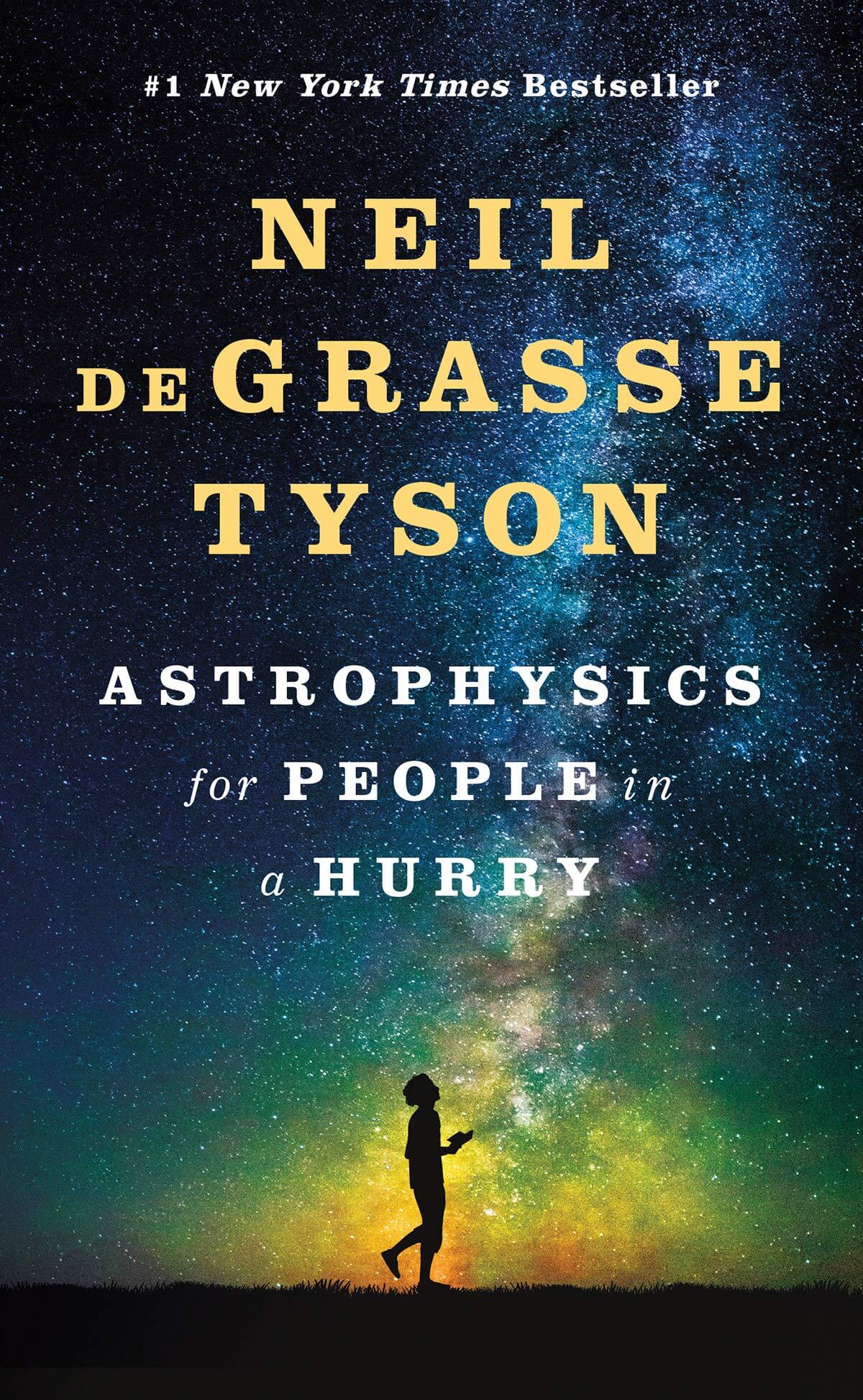
Astrophysics for People in a Hurry by Neil deGrasse Tyson
This book guides us through the nature of space and time; the way we fit within the universe and how the universe fits within us. It reveals what you need to be ready for the next cosmic situation. Tyson brings the universe down to Earth in wonderful chapters that can be read anywhere and anytime.

Finding the Mother Tree by Suzanne Simard (coming May 4)
Trees are more than wood and paper; they are an intercept circle of life. Simard explains the beauty of trees and how they interact with the world around them. The center of it all? The Mother Trees. While writing of her own life, we start to see the link of the Mother Tree that nurtures the forest in profound ways that families and societies do.
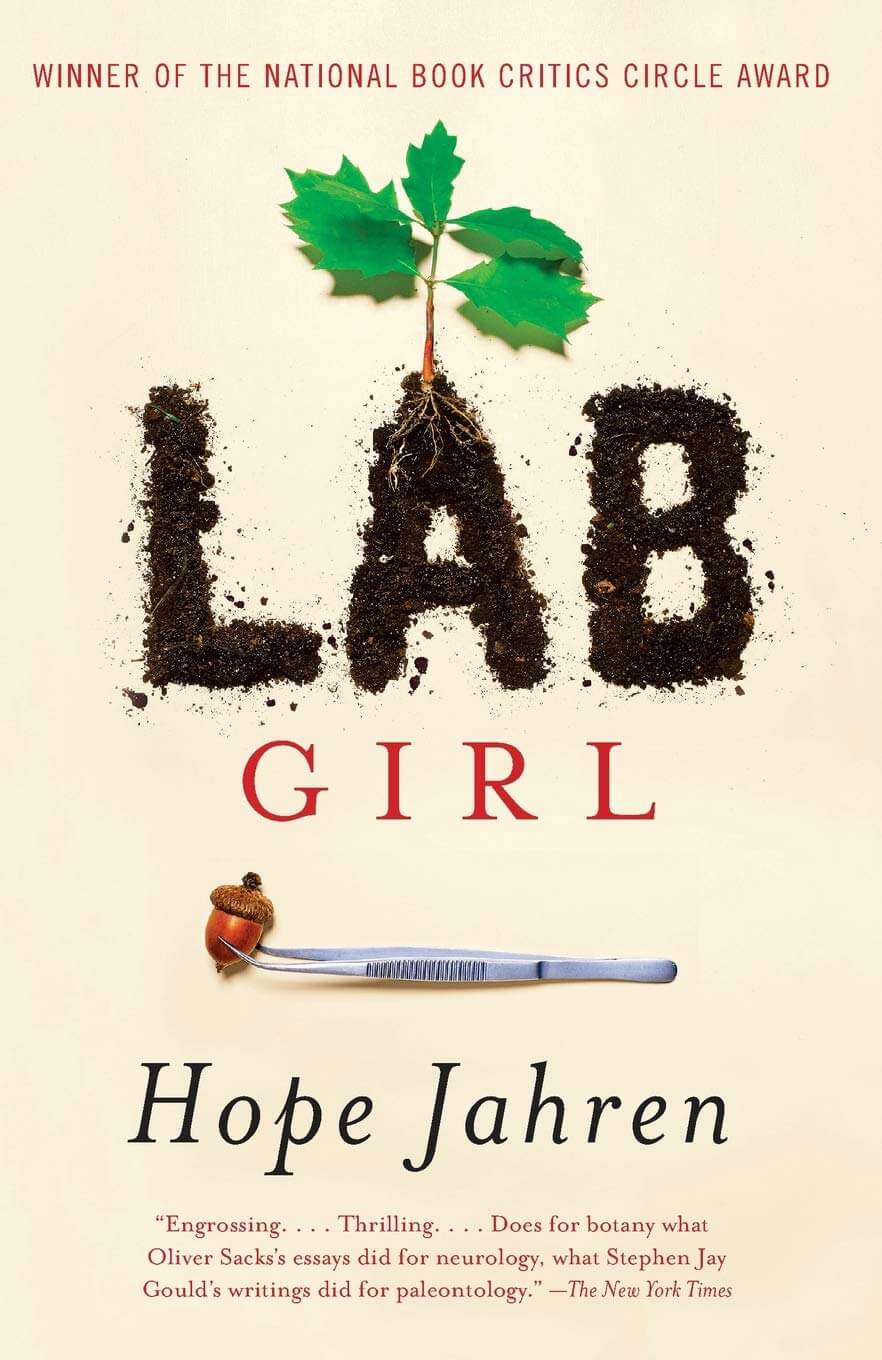
Lab Girl by Hope Jahren
Geobiologist Hope Jahren found sanctuary in science and has spent her life studying the nature around us. Hope takes us back to when she was younger and played in her father’s lab. Over time, she learned to do lab work with her heart and hands. Jahren invites us to join her in observing and protecting the world around us. Warm and brilliant, Lab Girl shows us the strength we have when love and work come together.
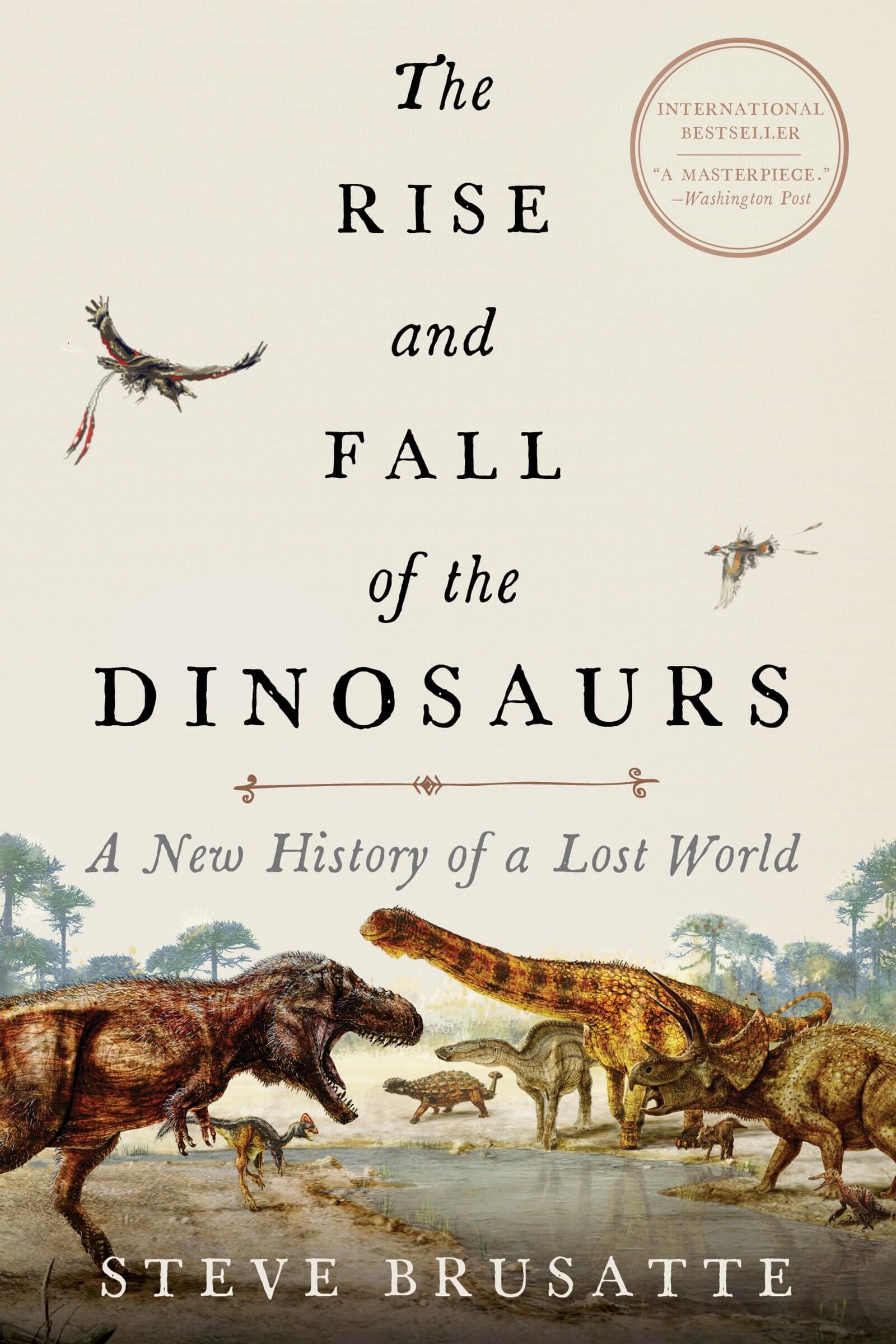
The Rise and Fall of the Dinosaurs: A New History of a Lost World by Steve Brusatte
The Earth’s most fearsome creatures—dinosaurs—vanished 66 million years ago. The Rise and Fall of Dinosaurs reveals their story like never before. Steve Brusatte, a young American paleontologist, draws on cutting-edge science to bring to life the dinosaurs’ world. Including images and prehistoric world maps, this electrifying scientific history traces the evolution of dinosaurs from beginning to end.
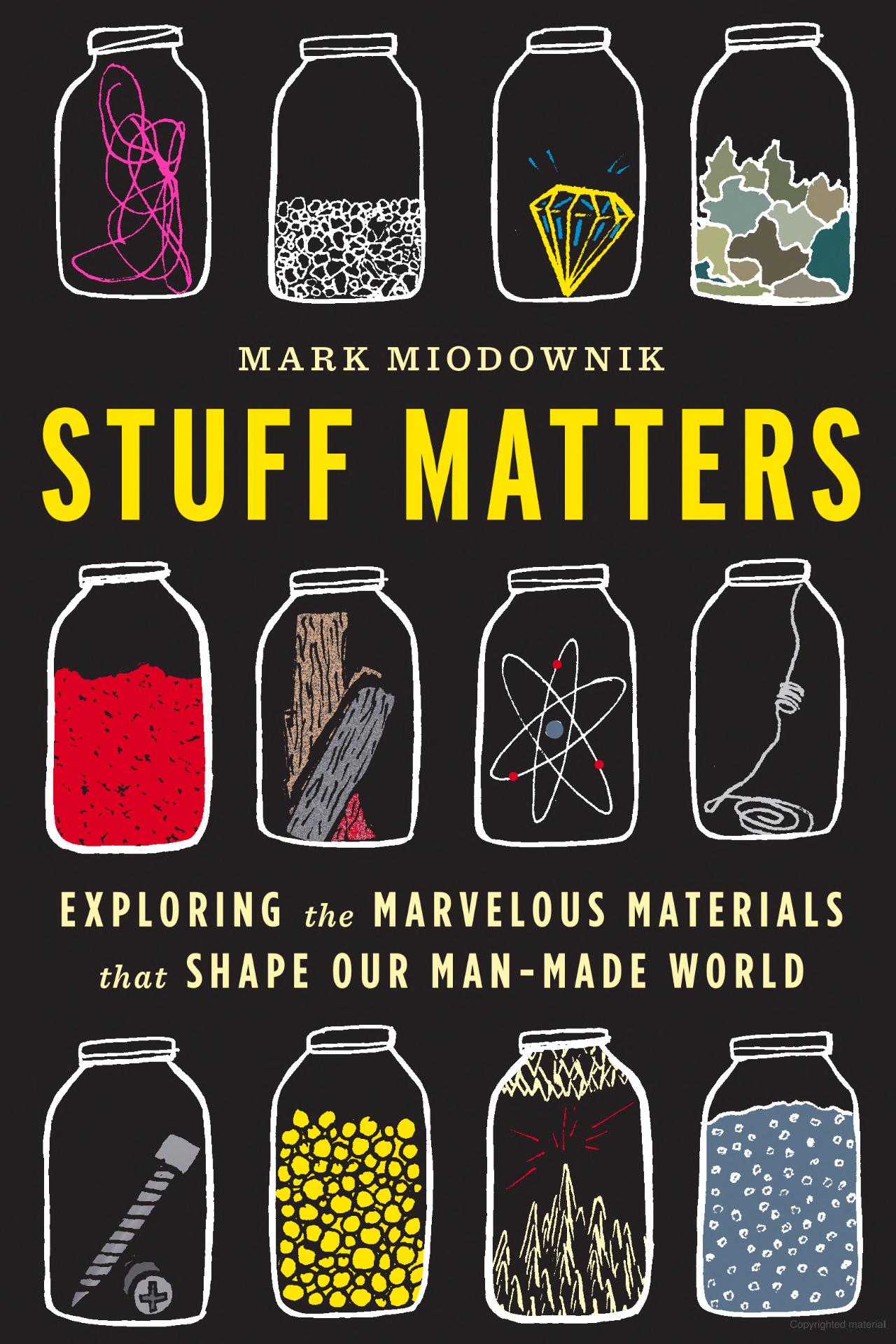
Stuff Matters: Exploring the Marvelous Materials That Shape Our Man-Made World by Mark Miodownik
Most of the objects around us are man-made. We don’t question what materials it holds or how it functions. Miodownik spent his life studying and exploring objects to understand the secrets that hold together our physical world. Full of fascinating stories, Stuff Matters will make you see the objects and things around you in a whole new perspective.




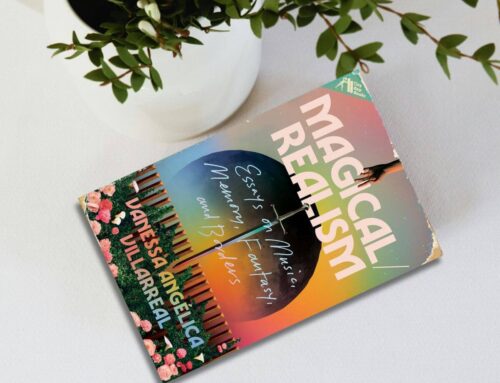


I love this post! I’m always looking for nonfiction science books that are easier to understand so thank you. 😀